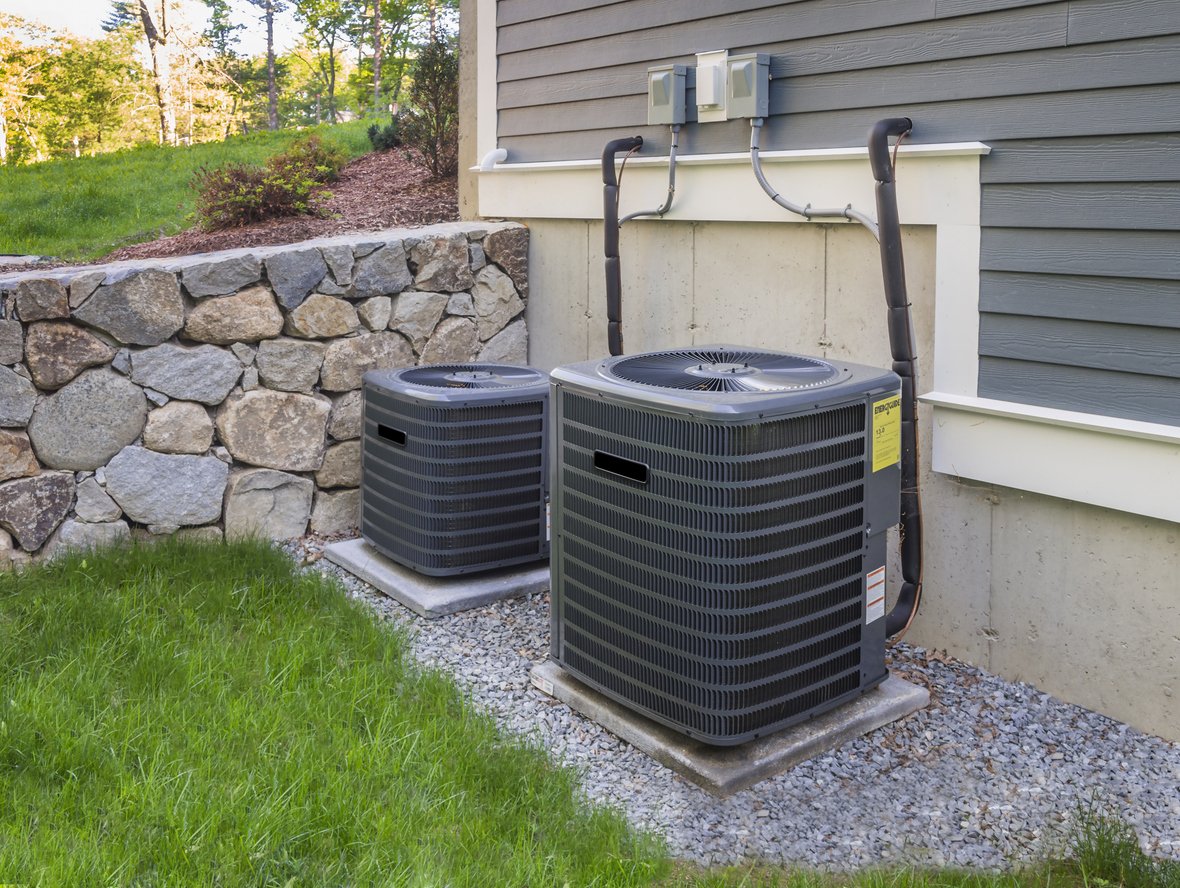What Do Energy Ratings Mean for HVAC Systems?
When it comes to HVAC (heating, ventilation, and air conditioning) systems, understanding energy ratings can make a big difference in how much energy your home uses and how much you save on utility bills. Furnaces, air conditioners, boilers, heat pumps, and ductless mini splits are all rated based on their energy efficiency. Energy Star provides a standardized method for these ratings, and key measurements like SEER2, EER2, and HSPF2 help you evaluate which systems will offer the best performance and cost savings.
Let’s dive into what these energy ratings mean and why they’re crucial for homeowners.
Key Energy Efficiency Ratings Explained
SEER2 (Seasonal Energy Efficiency Ratio 2)
The SEER2 rating measures the cooling efficiency of air conditioning systems and heat pumps over an entire cooling season. It represents the ratio of cooling output (in BTUs) to the total energy consumed (in watt-hours). The higher the SEER2 rating, the more energy-efficient the unit is.
Why it matters: A higher SEER2 means the system will consume less energy for the same cooling output, leading to lower energy bills. It's an important factor to consider when installing or upgrading air conditioning or heat pump systems.
EER2 (Energy Efficiency Ratio 2)
EER2 measures the efficiency of an air conditioner or heat pump at a specific temperature, typically at peak conditions (95°F). Like SEER2, it compares cooling output to energy consumption but provides a more precise snapshot of performance under a fixed condition.
Why it matters: EER2 is particularly useful for climates where high temperatures are common. It shows how efficiently your system will perform during those extreme heat days when energy use can spike. It’s an essential rating for homeowners in regions with hot summers.
HSPF2 (Heating Seasonal Performance Factor 2)
HSPF2 measures the heating efficiency of heat pumps, comparing the heat output (in BTUs) to the energy used (in watt-hours) during a heating season. A higher HSPF2 rating indicates greater efficiency.
Why it matters: For homes using heat pumps, HSPF2 is critical in colder climates. Heat pumps with higher HSPF2 ratings will provide more warmth while using less energy, resulting in energy savings during the winter months.
AFUE (Annual Fuel Utilization Efficiency)
AFUE measures the efficiency of gas furnaces and boilers. It represents the percentage of fuel converted to usable heat. For example, a furnace with an AFUE of 90% turns 90% of its fuel into heat, while the other 10% is lost to inefficiencies.
Why it matters: Higher AFUE ratings mean greater fuel efficiency, leading to lower heating costs. This is especially important for homeowners in colder climates or for those relying on oil or natural gas heating systems.
COP (Coefficient of Performance)
COP measures the efficiency of heat pumps, particularly in heating mode, by comparing the amount of heat produced to the amount of energy consumed. A higher COP means the system is more efficient.
Why it matters: In colder climates, heat pumps with a high COP are more cost-effective, as they generate more heat for less energy, reducing the need for auxiliary heating methods like electric resistance heaters.
Why Are These Ratings Important?
Lower Energy Costs: Energy-efficient systems not only reduce your home’s environmental footprint but also lower your monthly utility bills. Choosing systems with higher SEER2, HSPF2, EER2, and AFUE ratings ensures that you’re getting the most efficient heating and cooling for your investment.
Improved Comfort: Energy-efficient HVAC systems provide better control over indoor temperature, ensuring your home remains comfortable no matter the season. Efficient systems also tend to run quieter and are often equipped with modern technology to maintain a more consistent indoor climate.
Longer Equipment Lifespan: Efficient systems work smarter, not harder, to maintain the desired temperature. This means less wear and tear on the equipment, leading to fewer repairs and a longer operational life.
Environmental Impact: Choosing systems with high energy efficiency reduces your carbon footprint. HVAC systems account for a significant portion of household energy use, so upgrading to a high-efficiency unit contributes to global energy conservation efforts.
Conclusion
Understanding energy ratings like SEER2, EER2, HSPF2, AFUE, and COP helps homeowners make informed decisions when selecting an HVAC system. These ratings not only affect your monthly energy bills but also impact the performance and lifespan of your heating and cooling systems. By choosing the most efficient system for your needs, you’ll enjoy greater comfort, cost savings, and peace of mind knowing you’re making a positive contribution to energy conservation.
If you’re considering a new HVAC installation or upgrade, be sure to consult a professional HVAC contractor who can guide you through selecting the best energy-efficient system for your home’s unique needs.

